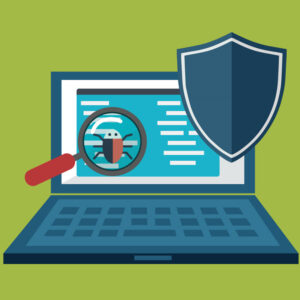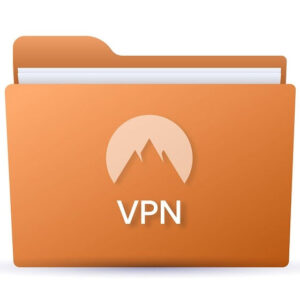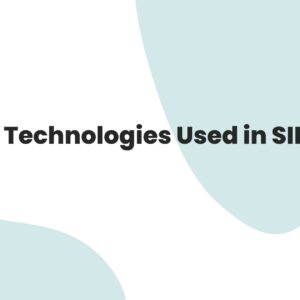
In recent years, cyber criminals have increasingly targeted individuals through text messages, a method known as smishing (SMS phishing). Smishing is a type of social engineering attack where fraudsters impersonate legitimate businesses or organizations through SMS messages, aiming to steal sensitive information such as passwords, financial details, and personal identification numbers (PINs). This article will dive deep into the world of smishing, its risks, and provide actionable tips on how to protect yourself from falling victim to such attacks.
What is Smishing (SMS Phishing)?
Smishing is a form of phishing, where attackers use text messages (SMS) instead of emails to deceive victims into divulging sensitive personal information. The attacker may pose as a trusted organization, such as a bank, government agency, or delivery service, and send fraudulent messages containing malicious links or phone numbers designed to steal information.
Like traditional phishing attacks, smishing relies on creating a sense of urgency or fear to manipulate the victim into acting quickly, often without thinking. Common smishing scams include fake notifications about package deliveries, account suspensions, or urgent requests for immediate action on financial accounts. The text usually contains a link to a fraudulent website that resembles the real one or a phone number that connects to the attacker.
How Smishing Works
Smishing scams typically unfold in several stages, starting with the delivery of a deceptive SMS message. Here’s a step-by-step breakdown of how a typical smishing attack works:
- Receiving the SMS Message: The victim receives a text message that looks like it comes from a trusted source, such as a bank, a popular online retailer, or a government agency. The message may warn about suspicious account activity, a pending package delivery, or an urgent payment that requires immediate attention.
- The Scam Message: The attacker will often create a message that urges the victim to take immediate action. For example, it may claim that a bank account has been compromised, and the victim must click on a link to secure their account or verify their identity. Alternatively, the message may contain an urgent request for payment or a threat that something will be deactivated if immediate action is not taken.
- Malicious Link or Number: The SMS will often contain a link that leads to a fake website designed to look like the legitimate one. When the victim clicks on the link, they may be asked to provide sensitive information, such as login credentials, credit card numbers, or personal identification details. Alternatively, the victim may be encouraged to call a phone number, which will lead to the scammer, who will then attempt to extract further personal information.
- Stealing Information or Money: Once the attacker has obtained the victim’s sensitive information, they may use it for identity theft, fraudulent purchases, or other malicious activities. In some cases, the attacker may use the victim’s information to gain unauthorized access to bank accounts or online services, potentially leading to significant financial losses.
Example of a Smishing Scam
Here’s an example of a common smishing attack:
A victim receives a text message that reads:
“Important: Your account has been locked due to suspicious activity. Please click on the link below to verify your identity and restore access. [malicious link]”
The link appears to be from the victim’s bank, and it looks like a legitimate URL at first glance. When the victim clicks the link, they are redirected to a fake website that looks almost identical to their bank’s official site. The site asks them to enter their username, password, and security questions, which the attacker then uses to gain access to the victim’s online banking account. The victim might not even realize that they’ve been scammed until they notice unauthorized transactions on their account.
Risks of Smishing
Smishing poses several serious risks to individuals and organizations. Some of the main risks include:
- Identity Theft: Smishing attacks are often used to steal personal information, such as social security numbers, addresses, and dates of birth. Once the attacker has this information, they can open new credit accounts, commit fraud, or engage in other forms of identity theft.
- Financial Loss: If the attacker gains access to your banking details or credit card information, they may make unauthorized purchases or transfers. Smishing attacks targeting financial accounts can lead to significant financial losses, particularly if the victim does not notice the fraudulent transactions quickly.
- Data Breaches: Smishing can also lead to larger-scale data breaches, particularly if an organization falls victim to a smishing attack that compromises employee or customer information. This can lead to the exposure of confidential business data, customer records, and more.
- Phishing for Additional Information: In some cases, smishing attacks are part of a broader effort to gather information over time. Once attackers have obtained an initial piece of information, they may continue to send follow-up texts to gather more details or convince the victim to perform further actions, such as transferring funds or providing more personal data.
How to Protect Yourself from Smishing
While smishing attacks can be convincing, there are several steps you can take to protect yourself from becoming a victim:
- Be Cautious with Links in Text Messages: Avoid clicking on links in unsolicited text messages, especially if the message seems urgent or asks you to take immediate action. Instead, go directly to the official website of the organization by typing the URL into your browser or using the app.
- Verify the Source: If you receive a suspicious message, verify the source by calling the company or organization directly using a phone number from their official website. Don’t use any contact information provided in the text message.
- Don’t Share Personal Information via SMS: Legitimate companies will never ask for sensitive information, such as account details, PINs, or passwords, via text message. If you are asked to provide this information, it’s likely a scam.
- Use Two-Factor Authentication (2FA): Enabling 2FA on your online accounts adds an extra layer of security. Even if a smishing attacker manages to steal your login credentials, they won’t be able to access your account without the second factor, such as a code sent to your phone.
- Educate Yourself and Others: Understanding what smishing is and how it works is one of the best ways to protect yourself. Educate your friends, family, and colleagues about smishing scams and encourage them to be cautious when receiving unsolicited text messages.
Conclusion
Smishing (SMS phishing) is an increasingly prevalent and dangerous form of cyber crime that targets individuals and businesses through deceptive text messages. By understanding how smishing works, recognizing the signs of a scam, and following basic cybersecurity practices, you can significantly reduce your risk of falling victim to these types of attacks. Always be skeptical of unsolicited text messages, especially those that ask you to take immediate action or provide personal information. Protecting your sensitive data and remaining vigilant is key to staying safe from smishing scams.









